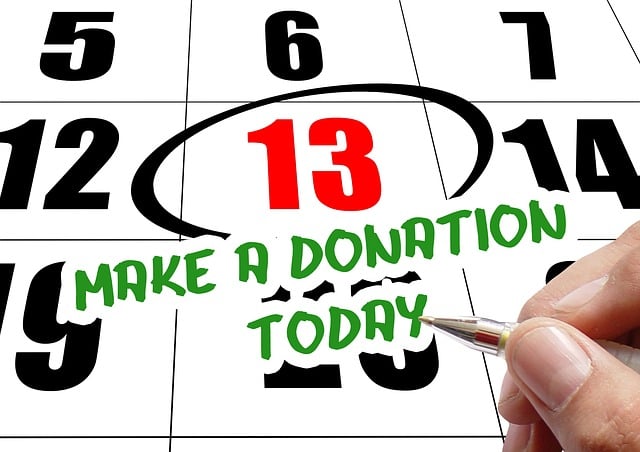The Hijri calendar, a lunar system used globally by Muslims, determines dates via moon phases, resulting in 10-12 shorter months per year than solar calendars. Its fixed calculation methods ensure consistent observance of Islamic holidays and festivals, fostering deep religious connections. Calendar dates hold profound significance, guiding daily life from tax filing to cultural events, showcasing unity across generations and backgrounds. Understanding moon cycles is essential for personal planning and aligning global celebrations.
“Discover the ancient timekeeping system that forms the heart of Islamic culture—the Hijri calendar. This comprehensive guide unravels the mysteries of this lunar-based calendar, offering insights into its origins and unique characteristics. From understanding moon cycles and their impact on dates to exploring the 12 months and significant Islamic celebrations, this article is your key to navigating the Hijri calendar’s rich tapestry. Explore how this ancient practice continues to shape modern Islamic life and its profound influence on global calendar dates.”
- What is the Hijri Calendar?
- Islamic Dates and Their Significance
- Calculating Dates: Moon Cycles
- The 12 Months of the Hijri Year
- Adapting to Lunar Timekeeping
- Key Dates and Islamic Celebrations
What is the Hijri Calendar?
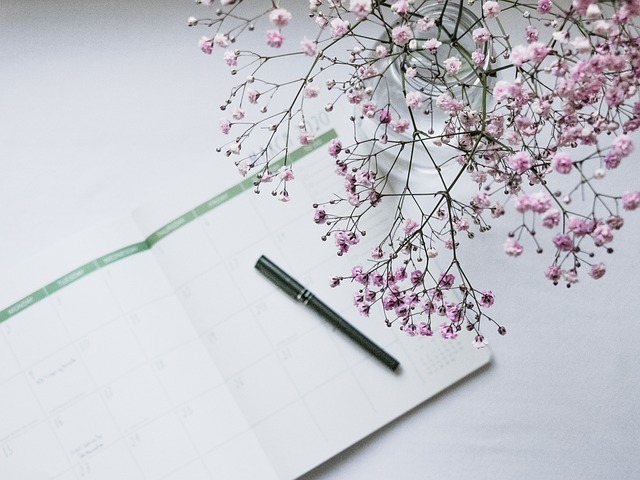
The Hijri Calendar is a lunar calendar used by Muslims worldwide to mark important dates and events within their faith. It is based on the cycles of the moon, with each month beginning at the new moon, making it roughly 10-12 days shorter than the Gregorian calendar. This unique calendar date system has a profound cultural and religious significance, providing a different rhythm to the year compared to solar calendars.
Unlike many other calendars that rely on the sun’s position, the Hijri Calendar determines its dates based on astronomical observations of moon phases. This results in months that periodically shift in alignment with the seasons. The calendar is composed of 12 lunar months, and while a lunar year is shorter than a solar year, Islamic holidays and festivals are celebrated according to these fixed date calculation methods, creating a sense of consistency and connection to religious traditions, regardless of the changing times. Even when planning events like tax filing dates or organizing book club reading schedules, Muslims often refer to the Hijri Calendar for accurate determination of significant days. For more detailed information and precise date calculations, give us a call at time management.
Islamic Dates and Their Significance

In the Islamic tradition, dates hold profound significance, intertwined with their religious calendar—the Hijri calendar. Each calendar date marks significant events and occasions, such as the start of Ramadan, where fasting for a month begins, or Eid al-Fitr, celebrating its conclusion. These dates are not merely markers on a standard solar calendar; they are deeply rooted in astronomical observations, combining aspects of both solar and lunar calendars. The Islamic calendar is lunar, meaning it’s based on the phases of the moon, with each month beginning with the new moon.
Understanding these dates is essential for Muslims worldwide who adhere to them as guidelines for their daily lives, including school holiday schedules and personal celebrations. They also play a role in cultural events, much like how movie release dates are anticipated, creating a shared sense of time and community. By visiting us at concert tour dates anytime, you can experience firsthand the richness and diversity that these calendar-bound gatherings bring, fostering connections across generations and backgrounds.
Calculating Dates: Moon Cycles
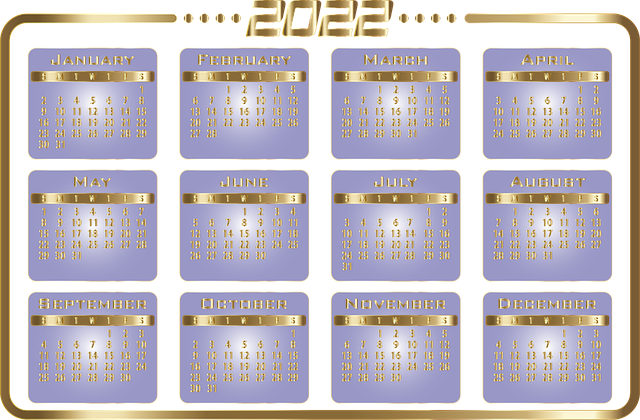
The Islamic Hijri calendar is a lunar-based system that calculates dates through moon cycles, making it unique among global calendars. Each month begins with the new crescent moon’s appearance, marking the start of a 29-30 day cycle. This approach differs from solar calendars, like the Gregorian, which base their months on the Earth’s revolution around the sun. The Hijri calendar’s lunar nature results in about 10 to 12 shorter months per year compared to the 12 months of the solar calendar.
Understanding these moon cycles is crucial for planning personal events, aligning with cultural celebrations, or even marking important dates in a museum exhibition period. For instance, many Muslims use the Hijri calendar for religious observances and festivals. Movie release dates, too, might be considered within this framework to cater to specific Islamic holidays. If you’re looking to align your plans with these significant periods, give us a call at our restaurant special offers for more insights on how to integrate the Hijri calendar into your scheduling—whether it’s for spiritual observance or simply appreciating diverse cultural events and their associated calendar dates.
The 12 Months of the Hijri Year
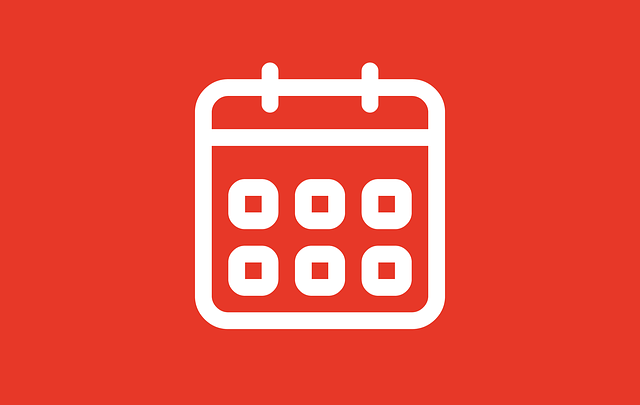
The Hijri calendar, also known as the Islamic calendar, is a lunar-based system that marks time through the cycles of the moon. Comprising 12 months in a year, each month corresponds to a specific phase of the moon, making it a purely lunar calendar. This unique feature sets it apart from the Gregorian calendar, which is solar-based and has varying lengths for its months. The Hijri year begins with the month of Muharram, observed as the first month by Muslims worldwide. It progresses through the seasons, including the holy month of Ramadan, characterized by fasting and spiritual reflection.
The 12 months of the Hijri calendar offer a rich cultural experience, with each month holding historical and symbolic significance. This calendar system ensures that important Islamic events and festivals are celebrated at the appropriate times relative to the moon’s phases. It also influences organizing academic schedules, art festival calendars, and even restaurant special offers for Muslim communities worldwide. Visit us at financial deadline awareness anytime to learn more about this fascinating aspect of Islamic tradition.
Adapting to Lunar Timekeeping

Adapting to Lunar Timekeeping: The Islamic Hijri calendar operates on a lunar cycle, meaning each month aligns with a complete moon cycle, as observed from Earth. This differs from solar calendars like the Gregorian, which are based on the Earth’s orbit around the sun. As a result, Islamic months wander across seasons in the standard 365-day timeline, presenting a unique challenge for cultural celebrations and religious observances.
To compensate for this lunar-solar discrepancy, an extra “leap” month is occasionally inserted into the calendar, known as a “month of adjustment.” This ensures that important Islamic events and festivals occur during the appropriate astronomical observation windows, fostering a harmonious connection between religion and astronomy across various calendar systems worldwide. Visit us at school holiday schedules anytime for more insights into this fascinating aspect of cultural celebrations.
Key Dates and Islamic Celebrations
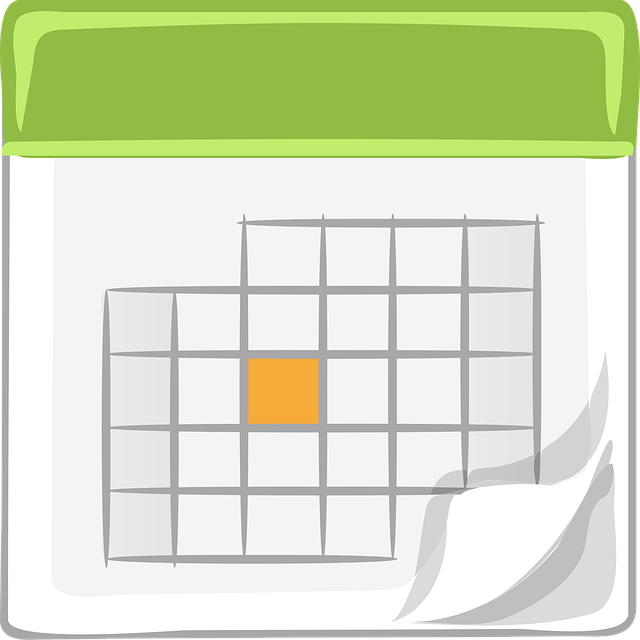
The Islamic Hijri calendar is rich with significant dates and celebrations that hold immense spiritual value for Muslims worldwide. Key events, such as Eid al-Fitr and Eid al-Adha, mark the term start and end dates of fasting months, emphasizing community, faith, and sacrifice. These festivals are not just about feasting; they serve as opportunities to strengthen bonds, offer prayers, and remember those less fortunate, fostering a sense of unity and compassion.
Beyond these major celebrations, the Hijri calendar also includes various other astronomical events like the new moon sightings that initiate each month. While time management plays a crucial role in ensuring the accuracy of these dates, the lunar nature of the calendar means astrological sign dates can vary slightly from year to year. For instance, Ramadan, the holy month of fasting, migrates across the seasons, providing an ever-changing yet deeply meaningful experience. To stay aligned with school holiday schedules and other important dates, give us a call for personalized guidance on Hijri calendar events.
The Islamic Hijri calendar, with its lunar origins, offers a unique and profound way of marking time. By understanding the intricate interplay between moon cycles and astronomical events, Muslims worldwide navigate their religious observances and celebrations. This comprehensive guide has illuminated the significance of Hijri dates, from calculating prayers to commemorating festivals, showcasing how this ancient calendar continues to be a vital part of modern Islamic life. Adopting lunar timekeeping fosters a deeper connection to the natural world and the spiritual practices it inspires.
